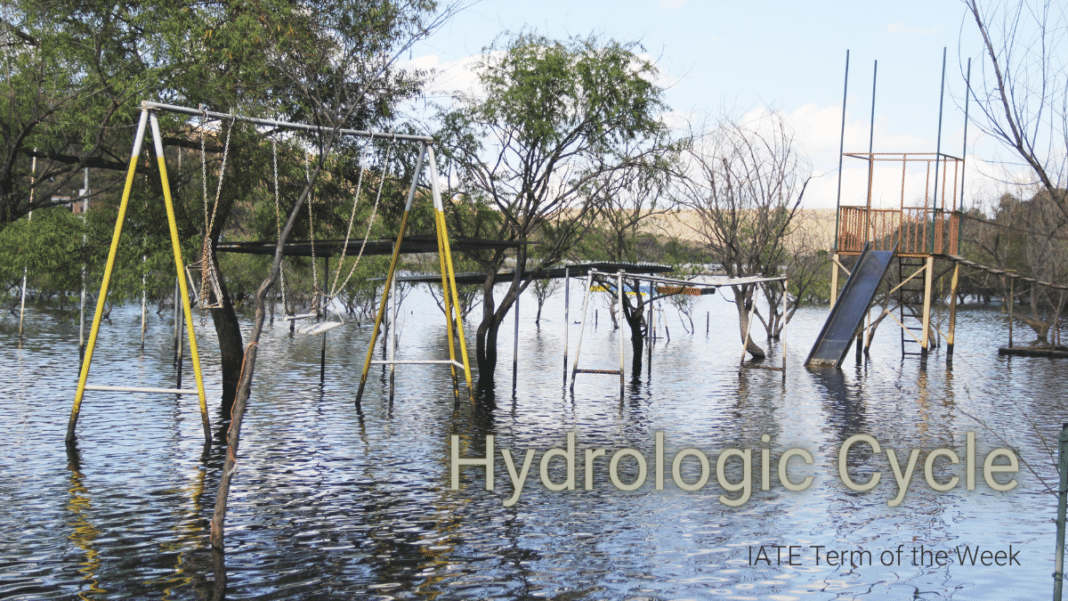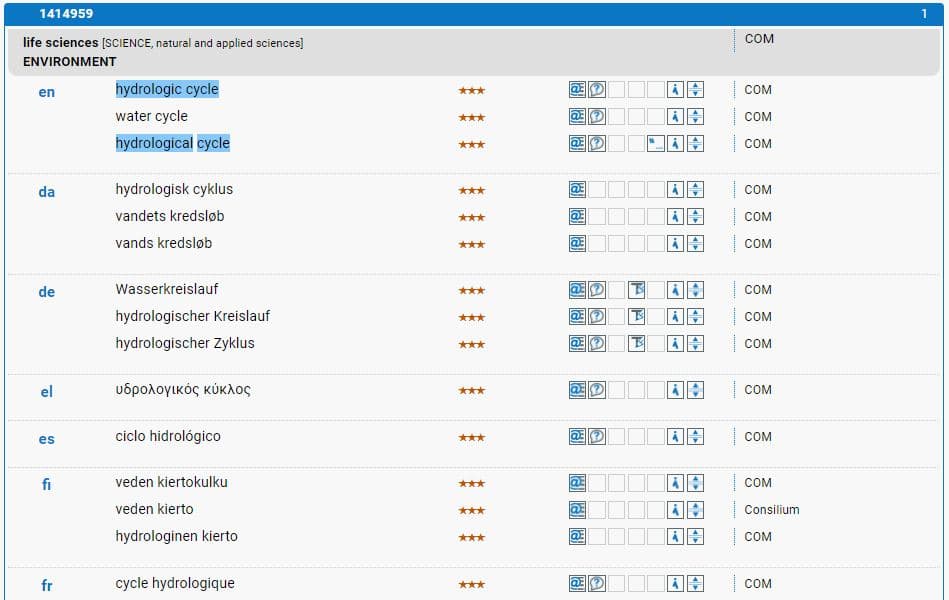Scientific research tells us that our planet thrives only when a delicate balance of conditions are fulfilled. When those conditions are not met, unexpected climatic events can hit any region of the planet. One of the natural phenomena that creates the conditions for a healthy environment is the “hydrologic cycle”.
The hydrologic cycle is the continuous circulation of water between the Earth and the atmosphere in its 3 different phases, i.e. the solid, the liquid and the gaseous one. This term has as synonyms “water cycle” and “hydrological cycle”. In this article, you will find a description of some stages of the hydrologic cycle and an explanation of how it is influenced by global warming.
The stages of the hydrologic cycle
The hydrologic cycle is composed of 5 stages:
- Evaporation
- Transpiration
- Condensation
- Precipitation
- Runoff
It is not possible to establish a starting point of the cycle, but we know that it is put in motion by the heath radiating from the Sun. A basic principle of the hydrologic cycle is that the volume of water within the cycle remains constant, but its distribution between one stage and the other alters.
One of the main stages of the hydrologic cycle is “evaporation”, which occurs when water transforms into vapour. This passage from the liquid form of water to its gaseous form can be caused by changing temperatures, humidity, wind and solar radiation. Water evaporates mainly from the oceans, but a certain percentage of vapour in the atmosphere comes directly from soil, snow and ice.
Another fundamental stage of the hydrologic cycle is “condensation”, the passage from vapour into liquid water that happens in the atmosphere. Condensation is the physical phenomenon that causes rain. Precipitations occur only when certain atmospheric conditions regarding temperatures are met.
The water that falls back to Earth reaches different destinations. Some of it quickly returns to the atmosphere through evaporation, some is retained by vegetation and may later on evaporate again, some infiltrates into the soil, and some other ends up in streams and seas as runoff.
The hydrologic cycle is affected by global warming
The hydrologic cycle has a fundamental role in keeping in balance the environmental systems of our planet. Human activities across the centuries have brought about major changes to the hydrologic cycle. Among other things, climate change has been associated with extreme precipitations.
Excessive runoff derived from heavy rains is a cause of flooding. Indeed, when a land is not prepared to receive a certain volume of precipitations, the water invades roads and people’s homes. Global warming is linked to the increase in seasonal precipitations and snowmelt. Hotter temperatures produce a higher degree of moisture in the atmosphere and more intense precipitations.
One of the projections for the future indicates that floods will hit more often certain areas of the Earth with heavier rain, while drier corners of the planet will see a decrease in rainfall and, therefore, an increase in droughts. Other factors that cause excessive runoff are deforestation and land development.
Additionally, water resources that are part of the hydrologic cycle are used up for industrial implants, agriculture, drinking, recreation and waste disposal. The depletion of water resources is a factor that contributes to climate change, as well.
Concerning environmental issues, we have covered also “carbon leakage” and “single-use plastic” as IATE Terms of the Week. Make sure to check them out!
References
Climate Signals. 2021. Runoff and Flood Risk Increase. [ONLINE] Available at: https://www.climatesignals.org/climate-signals/runoff-and-flood-risk-increase. [Accessed 30 July 2021].
Encyclopedia Britannica. 2021. water cycle | Definition, Steps, Diagram, & Facts. [ONLINE] Available at: https://www.britannica.com/science/water-cycle. [Accessed 30 July 2021].
Energy Education. 2021. Hydrologic cycle. [ONLINE] Available at: https://energyeducation.ca/encyclopedia/Hydrologic_cycle. [Accessed 30 July 2021].
NASA Science, Science Mission Directorate. 2021. Water Cycle. [ONLINE] Available at: https://science.nasa.gov/earth-science/oceanography/ocean-earth-system/ocean-water-cycle. [Accessed 30 July 2021].
National Geographic Society. 2021. runoff. [ONLINE] Available at: https://www.nationalgeographic.org/encyclopedia/runoff/. [Accessed 30 July 2021].
National Oceanic and Atmospheric Administration. 2021. Water cycle. [ONLINE] Available at: https://www.noaa.gov/education/resource-collections/freshwater/water-cycle. [Accessed 30 July 2021].
USGS. 2021. The Fundamentals of the Water Cycle. [ONLINE] Available at: https://www.usgs.gov/special-topic/water-science-school/science/fundamentals-water-cycle?qt-science_center_objects=0#qt-science_center_objects. [Accessed 30 July 2021].

Written by Maria Bruno, Schuman Trainee at the Terminology Coordination Unit. She holds a master’s degree in Translation and a bachelor’s degree in Italian Language and Literature. She is trained in websites and social media management, content writing and SEO. Currently, she is studying for her Diplôme Universitaire in Terminology at the University of Savoie-Mont Blanc.


